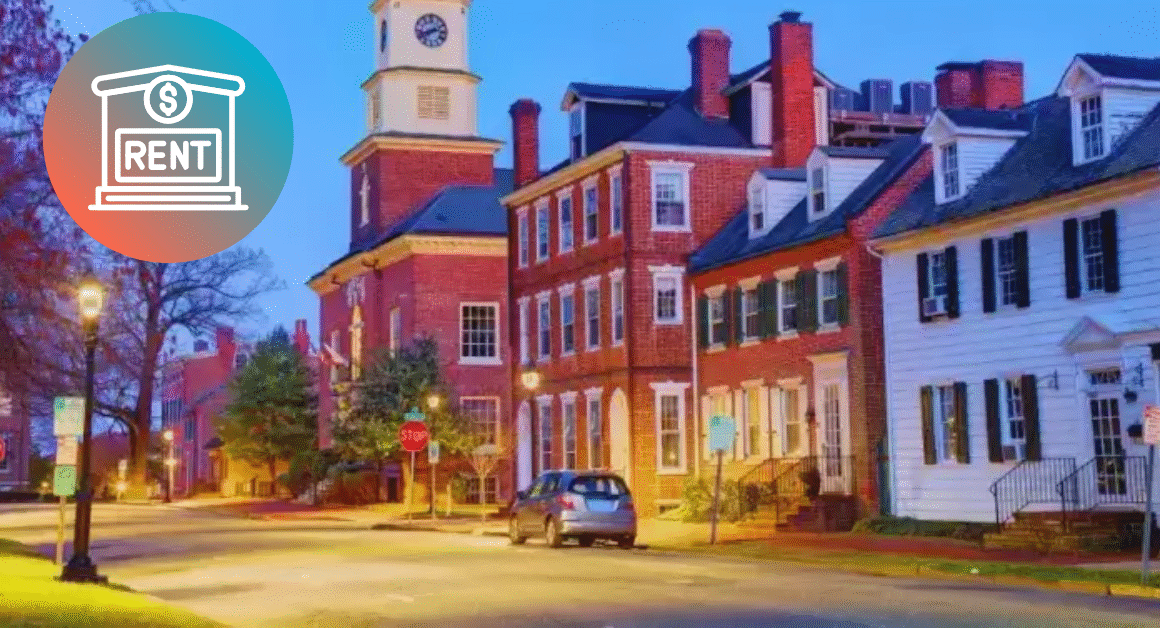Florida has seen a dramatic rise in rental prices, with rents increasing by nearly 40% from 2019 to 2023. This surge has caught the attention of many renters, especially younger people and families looking for affordable housing options. As more people move to Florida for its warm weather and job opportunities, the demand for renting homes has soared, pushing prices higher.
This article explores why rents in Florida have climbed so quickly, how this impacts residents, and what renters can expect in the near future. We also look at government data and expert reports to understand the trends shaping this important market.
Why Are Florida Rents Increasing So Much?
Several factors contribute to the sharp rise in rental prices across Florida. One major reason is the increased population growth. According to the U.S. Census Bureau, Florida has been one of the fastest-growing states, attracting millions of new residents each year. This high demand naturally drives up rental rates.
Another key factor is the limited housing supply. Building new homes and apartments cannot keep up with the growing demand, which leads to higher prices. Additionally, rising construction costs and property taxes add more pressure on landlords, who pass these expenses on to tenants.
Impact on Renters, Especially Young Adults
The near 40% rent increase has put a strain on renters, particularly young adults and those with lower incomes. Many find it harder to save money or afford the lifestyle they want. Rental affordability is a growing concern, with some renters spending a large portion of their income just on housing.
According to a report from Apartment List, as of 2023, the median rent for a one-bedroom apartment in Florida is about $1,800 per month, up from $1,300 in 2019. This significant rise means renters must budget carefully or consider moving to less expensive areas.
How Does This Compare to Other States?
While Florida’s rent increase is steep, it is part of a national trend. States like Arizona and Texas also experienced strong rental price growth due to increased migration and limited housing. However, Florida’s nearly 40% rise is among the highest nationally, reflecting its unique combination of demand and supply issues.
Reports from Zillow and the National Multifamily Housing Council highlight that states with booming job markets tend to see faster rent increases, which explains the situation in Florida.
What Can Renters Do?
Renters can take several steps to cope with rising rents. First, consider expanding your search to suburbs or nearby towns where prices may be lower. Also, look for rental assistance programs offered by the government or nonprofits to ease financial burdens.
Another tip is to negotiate with landlords, especially if you have a good rental history. Some landlords may be willing to offer discounts or more flexible lease terms in competitive markets.
Future Outlook for Florida’s Rental Market
Experts predict that Florida’s rental prices may continue to rise but at a slower pace as more housing projects come online. Local governments are also looking to ease zoning rules to encourage new developments and increase affordable housing options.
Still, renters should prepare for a competitive market and higher living costs for the near future. Keeping informed through reliable sources like the U.S. Department of Housing and Urban Development can help renters plan better.
Conclusion
The nearly 40% increase in Florida rents between 2019 and 2023 highlights important challenges in the housing market. Population growth, limited supply, and rising costs are key drivers behind this trend. For renters, especially young people, adapting to these changes is critical to maintaining financial stability.
Understanding these trends can help renters make smarter housing decisions and navigate Florida’s competitive market with greater confidence. Staying informed through trusted sources like the U.S. Census Bureau, Apartment List, and Zillow can offer up-to-date information about rental markets.













